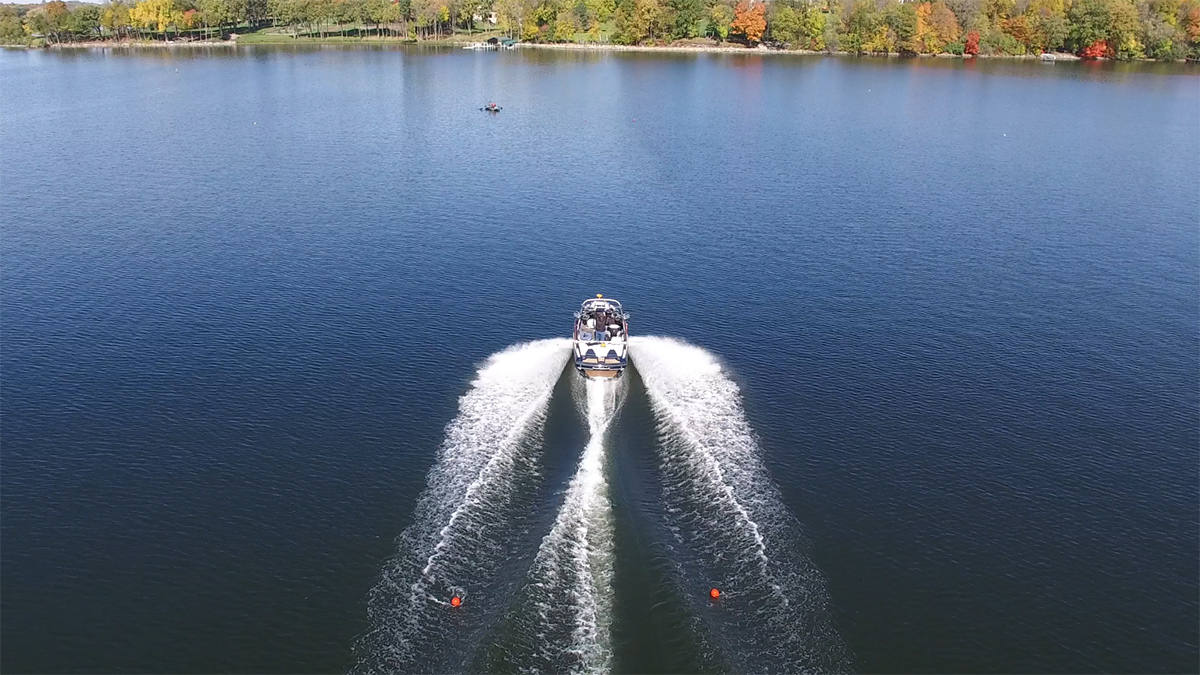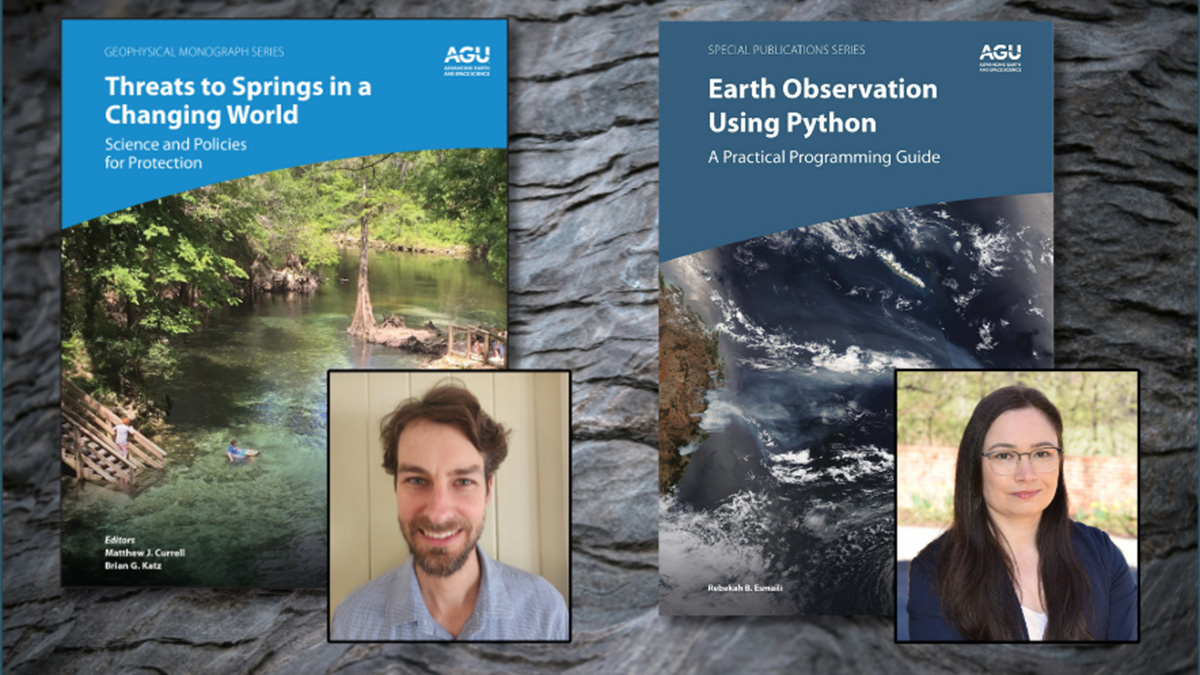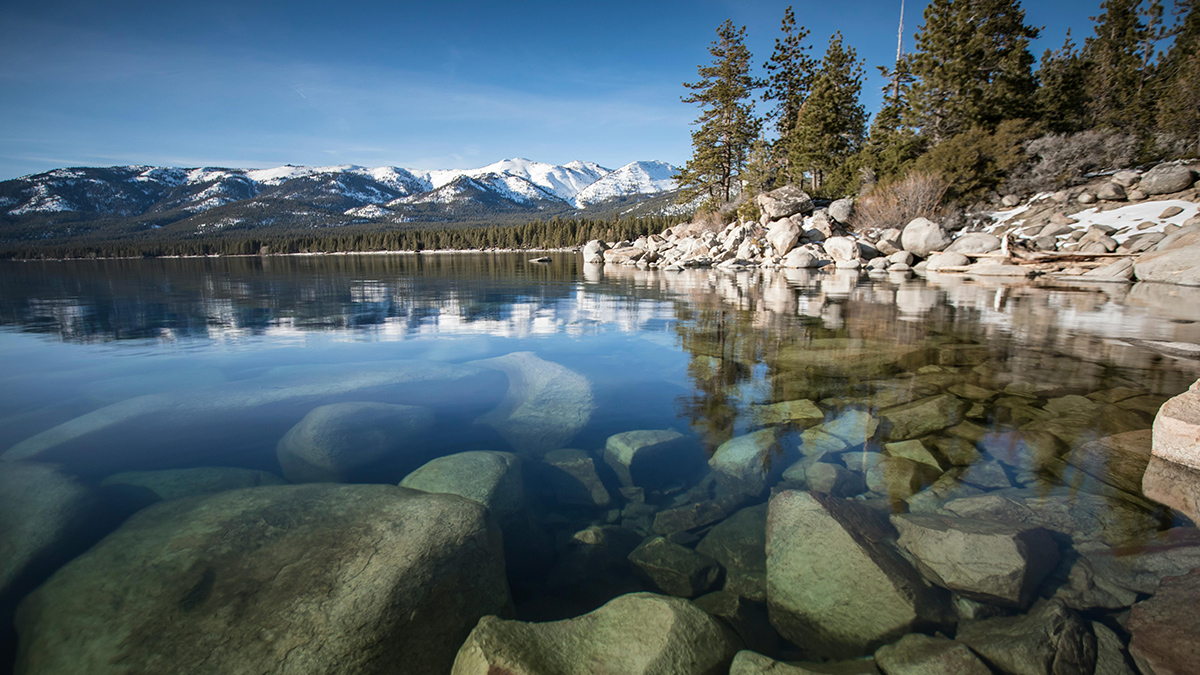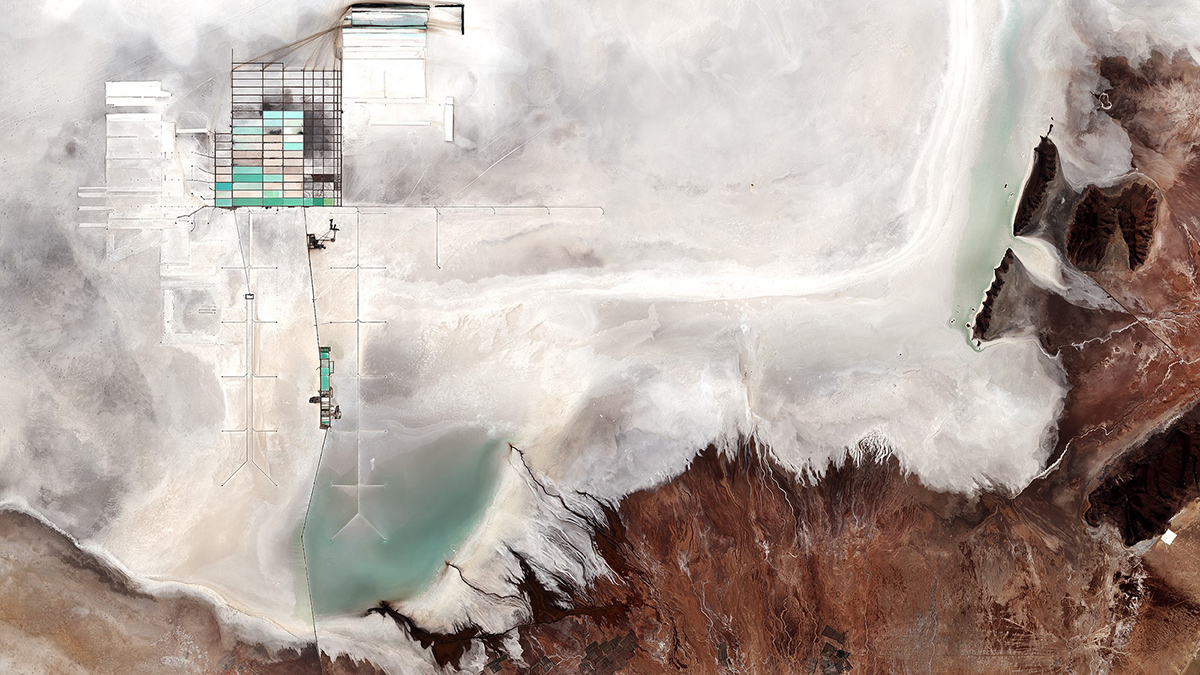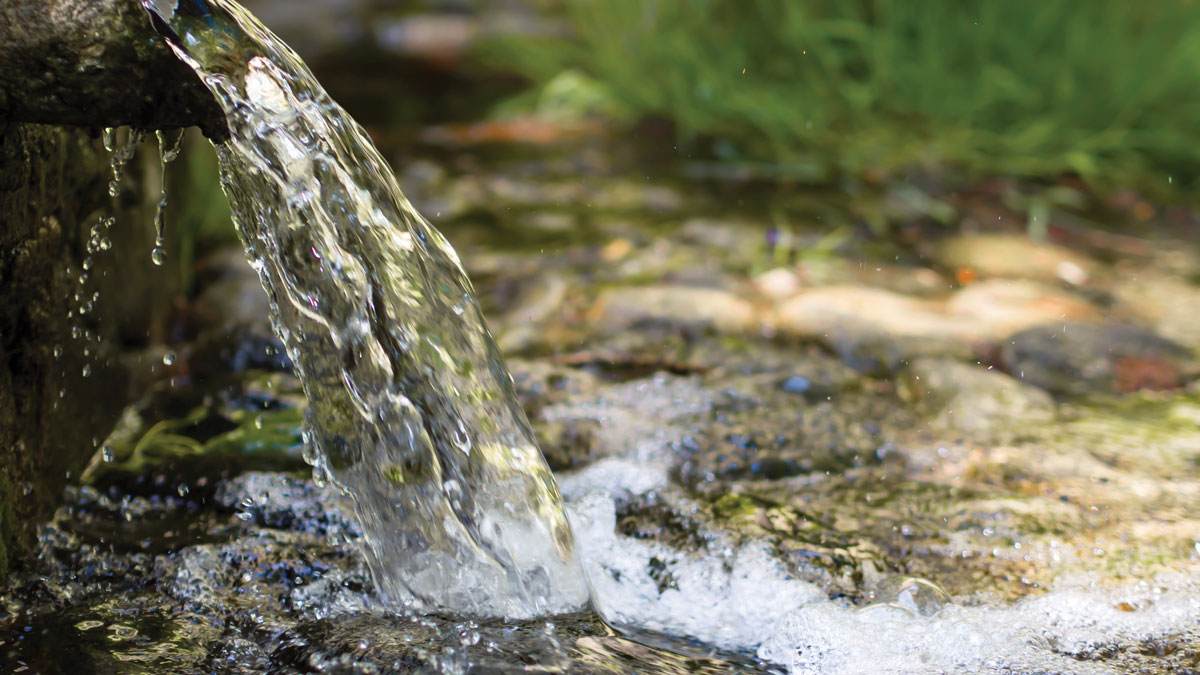Wakeboats are turning Minnesota’s lakes into summertime surf spots, but the artificial chop can shake up the lake bed, too. New wake data can help communities plan for responsible recreation.
freshwater
Early-Career Book Publishing: Growing Roots as Scholars
In the 1st installment of 3 career-focused articles, scientists who completed books as early-career researchers reflect on the positive outcomes the experience had on their professional development.
Precipitation Extremes Drive Swings in Lake Tahoe’s UV Exposure
An 18-year study reveals dramatic year-to-year variations in ultraviolet radiation penetration tied to Sierra Nevada precipitation cycles.
Preocupaciones sobre el litio, el agua y el clima en los dos desiertos más altos de la Tierra
La extracción de salmuera para satisfacer la demanda de recursos en medio de la transición a energías renovables está afectando los recursos hídricos en Sudamérica y China. Los hidrólogos pueden ayudar a comprender cómo y a sumarse a la búsqueda de soluciones.
River Alkalinization and Ocean Acidification Face Off in Coastal Waters
Factors ranging from rainfall to nutrient runoff to changing mining and agricultural practices drove decades-long pH trends in the Chesapeake Bay.
One Water, Many Solutions
Scientists and stakeholders must engage in broad collaborations and deep research to help ensure safe water supplies.
Delegations Drive One Water Dialogues
Proactive approaches allow water practitioners to address issues in innovative, inclusive ways.
EPA Moves to Rewrite Water Rules Following Sackett Decision
EPA administrator Lee Zeldin announced today that the agency would kick off a review of EPA rules and redefine “waters of the United States” to ensure that the agency aligns with the 2023 Supreme Court decision Sackett v. Environmental Protection Agency (EPA), which limited the implementation of the Clean Water Act.
Deep Groundwater Might Be a Sustainable Solution to the Water Crisis
Scientists are finding fresh groundwater buried deep underground, but questions remain about the scale of these resources, how they’re resupplied, and whether they can be used sustainably.
A Fuller Great Salt Lake Would Likely Narrow an Environmental Health Gap
Pacific Islander and Hispanic residents of Salt Lake City would benefit most from higher lake levels and reduced dust pollution.

